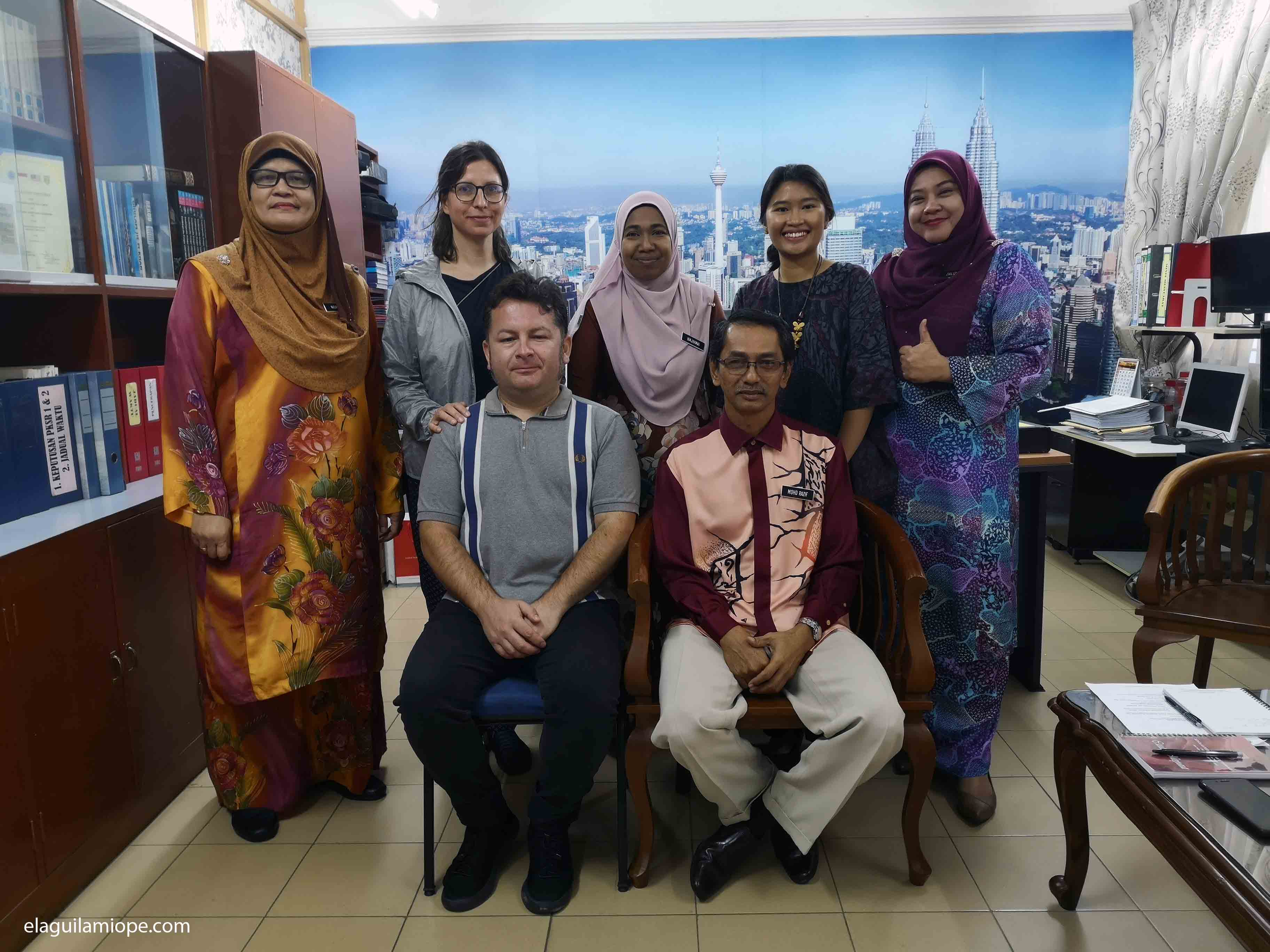
Entrepreneurs around the world: Ainu
AINU is in her 30s, and she lives in Kuala Lumpur (Malaysia). Meeting her was an inspiration and because it was a reunion with the altruistic value of volunteering.
If I had to define her, I would say that she was an intelligent person with a big heart. Also, she is a born entrepreneur.
When she finished her studies in ADE, she started travelling through different European countries working and collaborating in various NGOs. After that, she started studying to be an English teacher, and nowadays, she works as a social entrepreneur. Currently, she is setting up her volunteer organization called VOLT (Volunteer to Teach).
This initiative comes from her experience as an English teacher in the villages of northern Malaysia. During that time, she realized that children had no particular interest in learning a new language. Their vision of the future was minimal. They knew that when they finished school (or before), they would work in the same town continuing the family tradition. They didn’t even consider the existence of other professions or, also going out of their village to know the world and continue studying.
Ainu, in her English classes, opened a little door to the world. Also, she saw an opportunity to expand their borders. Her experience as a volunteer permitted her to believe that if she invited volunteers from other countries to schools in Malaysia to teach English, and also culture, these children could have a better future. Or, at least, they could have the opportunity to choose what they wanted to be when they grew up.
This is how she decided to start VOLT. Its principal objective is to contact people from all over the world, including also from Kuala Lumpur who want to be volunteer in the schools of the villages of northern Malaysia. At the same time, they teach English also they explain, to children, the diversity of ways of living and working.
Ainu has a lot to do. She is starting to establish the basis of VOLT and thinking about the role of volunteering. She is connecting with different schools and explaining her project to companies in the area so they can participate thought their Corporate Social Reason.
I hope this project is a success and we can see it bring many opportunities to the children of Malaysia.
If you want to get more information or collaborate on the Ainu project, you can contact me through my email: hola@elaguilamiope.com



